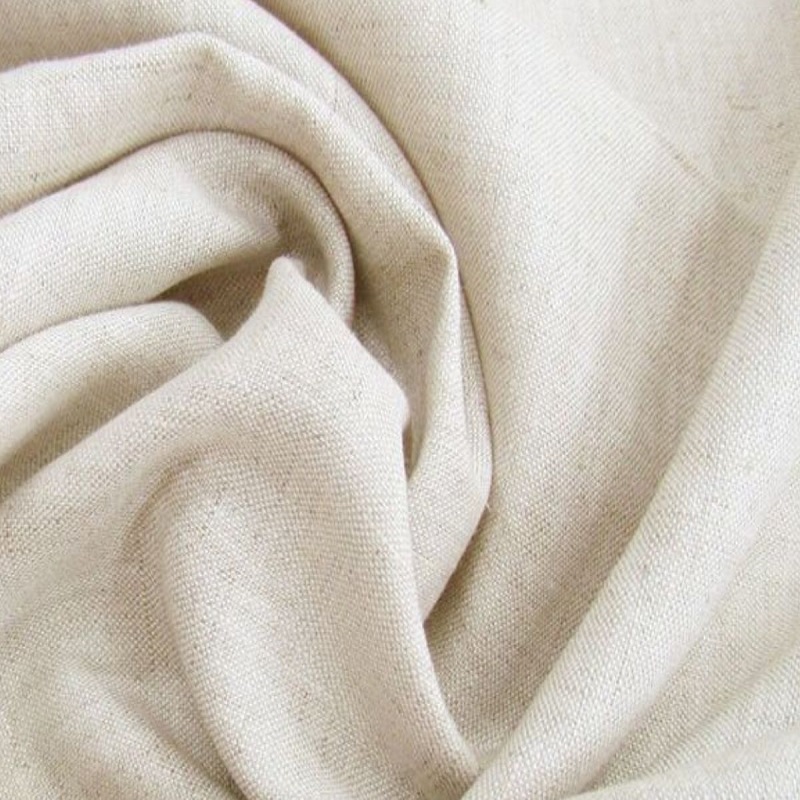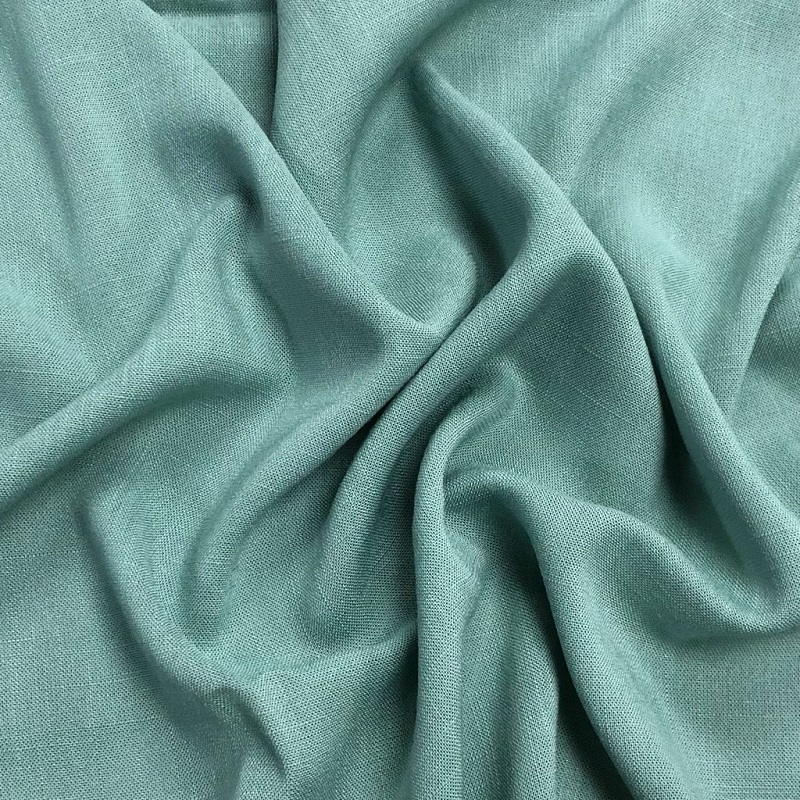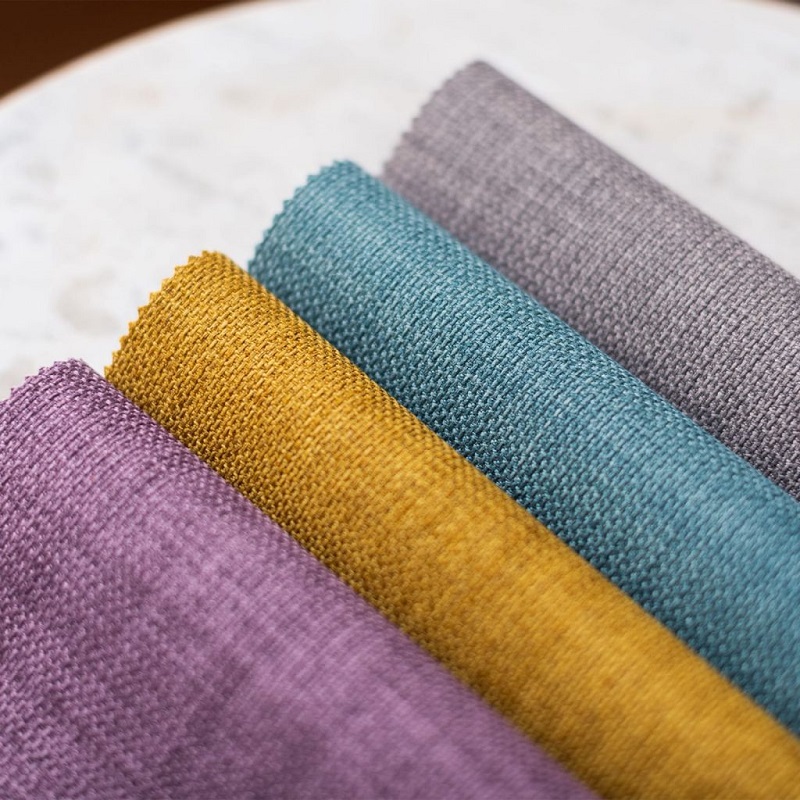Determining the amount of fabric needed to make a dress can seem daunting, but with the right information, it becomes a straightforward task. The amount of fabric required depends on several factors including the style of the dress, the size of the wearer, and the width of the fabric. This guide will delve into the nuances of fabric requirements for different types of dresses and provide helpful tips to ensure you purchase the right amount of fabric for your sewing project.
Understanding Fabric Width
Standard Fabric Widths
Fabric typically comes in two standard widths: 45 inches and 60 inches. The width of the fabric plays a significant role in determining how much you need. Wider fabric requires less yardage because you can cut more pieces from a single length of fabric. Conversely, narrower fabric necessitates more yardage to accommodate the same pattern pieces.
Impact on Fabric Calculation
When calculating the amount of fabric needed, it is crucial to consider the width of the fabric. For a dress pattern designed for 45-inch wide fabric, you will generally need more yardage compared to a pattern designed for 60-inch wide fabric. For example, a dress that requires 3 yards of 45-inch wide fabric might only need 2 yards of 60-inch wide fabric. Always check your pattern’s fabric requirements for specifics related to the width.

Determining Fabric Requirements by Dress Style
Simple A-Line Dresses
A-line dresses are characterized by their simple, flared silhouette. These dresses are usually less fabric-intensive compared to more complex designs. For a standard knee-length A-line dress, you’ll generally need between 2 to 4 yards of fabric. The variation in yardage depends on the size of the dress and the width of the fabric. For smaller sizes and wider fabrics, you might need as little as 2 yards, while larger sizes and narrower fabrics could require up to 4 yards.
Fitted Dresses with Skirts
Fitted dresses, such as sheath or pencil dresses, often include detailed elements like darts and seams that can affect fabric requirements. When making a fitted dress with a skirt, consider additional yardage for the skirt portion. A fitted dress may need approximately 3 to 5 yards of fabric. This amount includes extra fabric for the skirt’s fullness and any additional seam allowances.
Accounting for Fabric Patterns and Nap
Fabric Patterns
If you are working with patterned or printed fabrics, such as florals or stripes, it’s important to account for pattern matching. Fabric with intricate patterns often requires additional yardage to ensure that patterns align properly across the seams and panels of the dress. You might need to add an extra half yard or more to your initial estimate depending on the complexity of the pattern and the size of the dress.
Nap and Directional Fabrics
Nap fabrics, such as velvet or corduroy, have a directional pile that affects how the fabric should be cut. For these types of fabrics, you need to ensure that all pieces are cut in the same direction to maintain a uniform appearance. This often results in increased fabric usage, as you may need to purchase more to accommodate the need for consistent nap direction.
Adding Extra for Fitting and Adjustments
Fitting Adjustments
When sewing a dress, it’s wise to purchase extra fabric to accommodate any fitting adjustments or alterations. Adding an additional 1/2 to 1 yard of fabric ensures that you have enough material to make necessary tweaks. This extra fabric is particularly useful if you need to make alterations during the fitting process or if you are working with a pattern that requires precise adjustments.
Fabric Shrinkage Considerations
Fabric shrinkage is another factor that can impact your fabric requirements. Pre-washing your fabric is essential to avoid surprises after the dress is completed. Fabrics like cotton and linen tend to shrink more than synthetics, so purchasing an additional 1/2 yard to 1 yard can compensate for potential shrinkage. This precaution helps ensure that your finished dress will fit as intended after laundering.

Calculating Fabric Yardage for Various Sizes
Small to Medium Sizes
For small to medium-sized dresses, fabric requirements are generally lower. A simple design for a small size may require around 2 to 3 yards of fabric if using 45-inch wide fabric, or 1.5 to 2 yards of 60-inch wide fabric. The lower end of the range is typically sufficient for knee-length or shorter designs without extra fullness.
Large to Plus Sizes
Larger sizes and plus-size dresses require more fabric due to the increased volume. For these sizes, you may need 4 to 6 yards of fabric if using 45-inch wide fabric, or 3 to 4 yards of 60-inch wide fabric. The increased yardage accounts for both the larger dimensions and additional fabric needed for design features or extra ease.
Special Fabric Types and Their Impact
Stretch Fabrics
Stretch fabrics, such as jersey or spandex blends, can sometimes reduce the amount of fabric needed because they have more give. However, because these fabrics can stretch, it’s important to ensure that the pattern is adjusted for the stretch factor. Generally, you might need slightly less fabric for stretch materials, but always follow pattern recommendations and consider making a test garment.
Lightweight vs. Heavyweight Fabrics
The weight of the fabric also influences how much you need. Lightweight fabrics, such as chiffon or tulle, are often used in layered designs and may require additional yardage for the layers. Heavyweight fabrics, like wool or denim, might need less yardage due to their structure and less drape, but make sure to follow pattern instructions for specifics.
Using a Pattern’s Fabric Requirements
Pattern Guidelines
Most commercial sewing patterns provide specific fabric requirements based on the width of the fabric and the size of the garment. These guidelines are invaluable for determining how much fabric you need. Always refer to the pattern envelope or instructions, as they will offer the most accurate estimate based on the design and fabric type.
Adapting Patterns for Custom Needs
If you are modifying a pattern or creating a custom design, it’s important to calculate fabric requirements based on the adjusted dimensions. Measure each pattern piece and consider any additional design elements. You may need to use a fabric calculator or consult with a sewing professional to ensure that you have enough material for your unique design.
Final Considerations and Tips
Buying Fabric in Bulk
If you are planning multiple sewing projects or anticipate making several dresses, buying fabric in bulk can be a cost-effective solution. Purchasing larger quantities of fabric might offer savings and ensure consistency in color and pattern for multiple garments.
Consulting Sewing Experts
When in doubt, consulting with sewing experts or store professionals can provide valuable insights. They can help you assess your fabric needs based on your specific project and offer advice on fabric types and quantities.、

Fabric Types and Their Suitability for Dressmaking
Natural Fibers
Natural fibers like cotton, linen, and silk offer breathability and comfort, making them popular choices for dresses. Cotton is versatile and easy to work with, while linen provides a crisp look but can wrinkle easily. Silk, though luxurious, can be more challenging to sew due to its delicate nature. Each of these fibers has its own characteristics, so choosing the right one depends on the intended use and style of the dress.
Synthetic Fibers
Synthetic fibers such as polyester, nylon, and spandex are known for their durability and resistance to wrinkles. Polyester is commonly used for its affordability and ease of care, while spandex adds stretch and flexibility to fabrics, making it ideal for body-con dresses. These fibers often require special handling, such as lower heat settings for ironing, to avoid damage.
Conclusion
Determining how many yards of fabric you need to make a dress involves considering various factors including fabric width, dress style, pattern type, and size. By understanding these elements and consulting your pattern guidelines, you can make an informed decision and purchase the right amount of fabric for your sewing project. Proper planning ensures that your dress-making experience is smooth and results in a beautiful, well-fitting garment.









